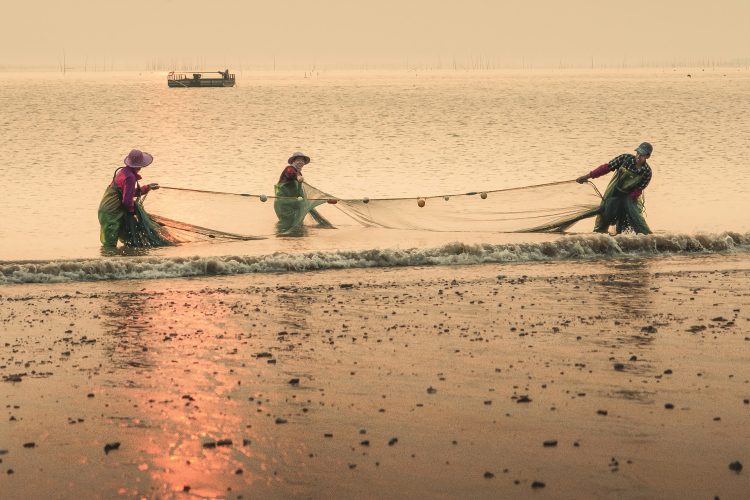China Fishery Group: A Comprehensive Analysis of a Global Fishing Company

China Fishery Group Ltd., a Singapore-listed company and a subsidiary of Hong Kong’s Pacific Andes Resources Development Limited, is a global integrated industrial fishing company with access to fish in Peru, one of the world’s most important fishing grounds. However, the company has faced significant challenges in recent years. In 2016, China Fishery Group filed for Chapter 11 bankruptcy protection in the United States. Despite this setback, it is important to examine the history, operations, and impact of China Fishery Group in the global fishing industry.
History and Operations
China Fishery Group has a complex history that involves both successes and failures. The company was established in 2005 and quickly expanded its operations by acquiring fishing vessels and processing plants in Peru. With access to the abundant fish stocks in Peru, China Fishery Group became one of the largest fishmeal and fish oil producers in the world. The company also engaged in the production and sale of frozen seafood products.
However, the rapid expansion and aggressive acquisition strategy led to financial difficulties for China Fishery Group. In 2016, the company filed for bankruptcy protection due to mounting debt and declining fish stocks. The bankruptcy filing marked a significant setback for the company, but it also provided an opportunity for restructuring and reevaluating its operations.
Fisheries Enhancement Groups
While China Fishery Group faced financial challenges, it is important to note that there are other organizations working towards the enhancement and conservation of fisheries. In Washington state, for example, the Regional Fisheries Enhancement Groups (RFEGs) were created to involve local communities, volunteers, and landowners in salmon recovery efforts. The 14 RFEGs work within communities across the state to recover salmon populations and promote sustainable fishing practices.
These RFEGs play a crucial role in habitat restoration, monitoring fish populations, and implementing conservation measures. By engaging local communities, the RFEGs foster a sense of stewardship and promote the long-term sustainability of fisheries in Washington state.
Environmental Impact
The fishing industry, including companies like China Fishery Group, has a significant impact on the environment. Overfishing, habitat destruction, and bycatch are some of the major concerns associated with industrial fishing operations. China Fishery Group’s operations in Peru, for example, have raised concerns about the sustainability of fish stocks in the region.
To address these concerns, it is crucial for fishing companies to adopt sustainable practices and support initiatives that promote responsible fishing. This includes implementing measures to reduce bycatch, supporting marine protected areas, and investing in research and monitoring programs. By taking these steps, fishing companies can contribute to the long-term health and sustainability of marine ecosystems.
Conclusion
China Fishery Group’s journey has been marked by both success and challenges. While the company faced bankruptcy in 2016, it is important to recognize the broader context of the global fishing industry and the need for sustainable practices. Organizations like the RFEGs in Washington state are working towards the recovery and conservation of fish populations. The environmental impact of fishing operations cannot be ignored, and it is crucial for companies like China Fishery Group to prioritize sustainability and responsible fishing practices.





